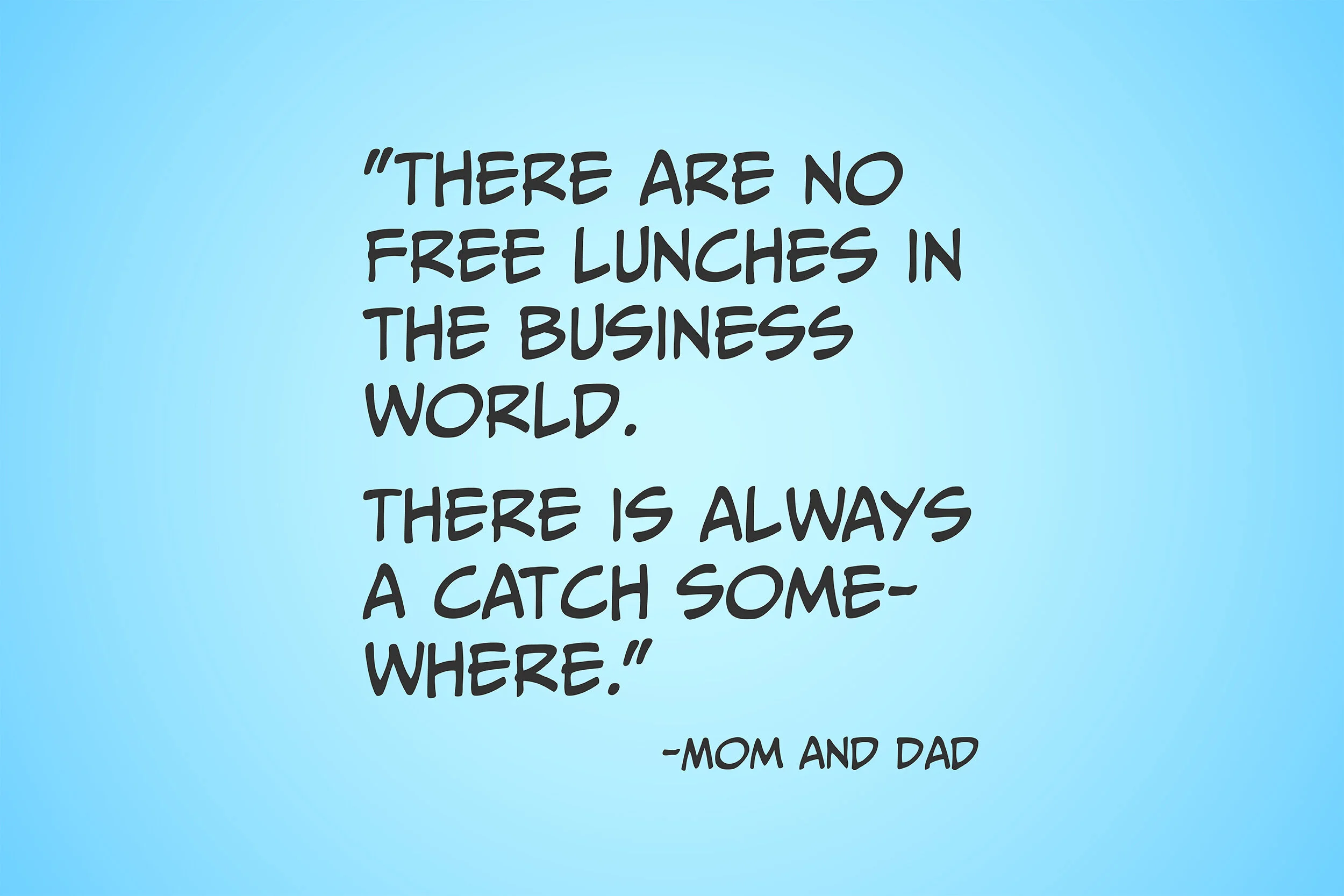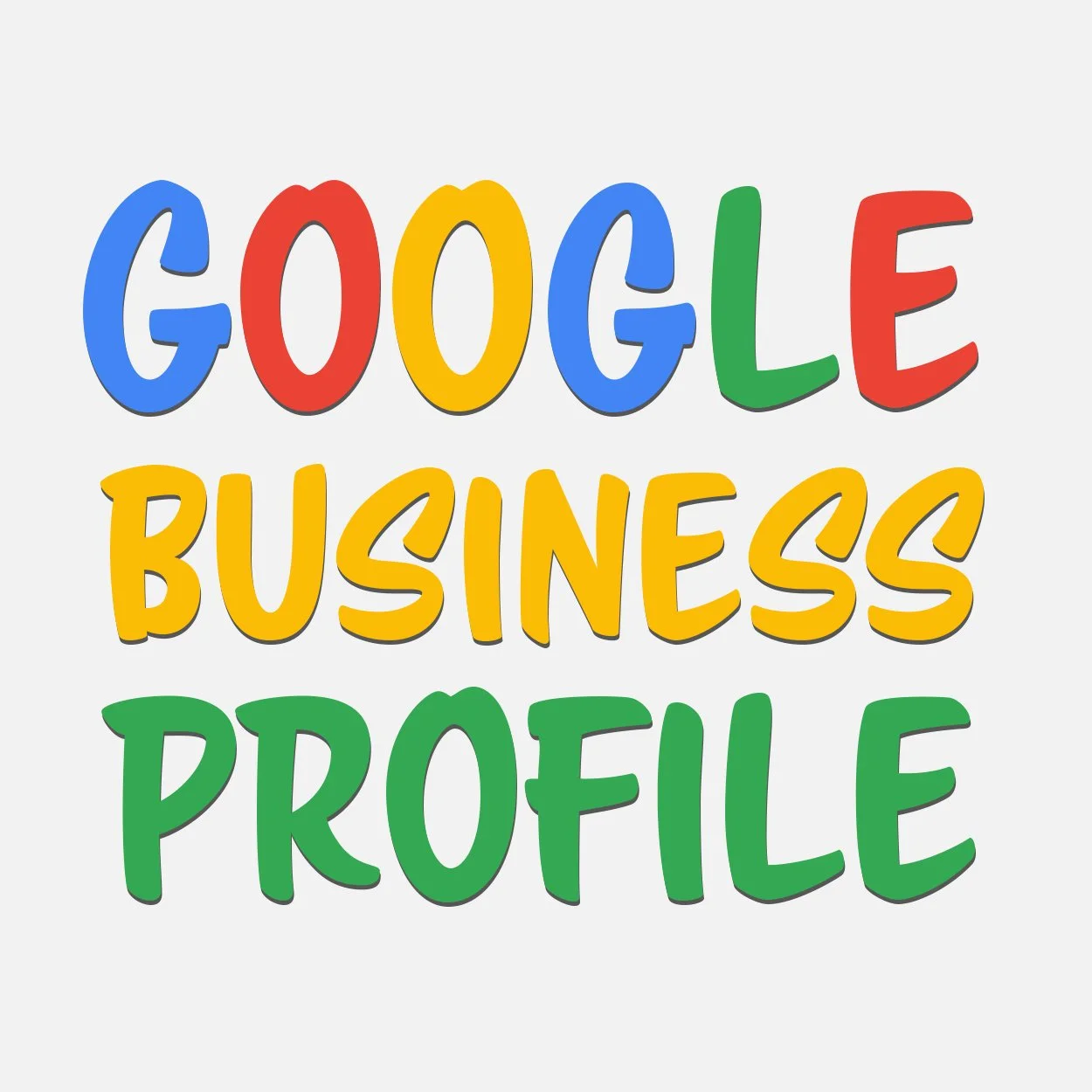Free Websites Aren't Really Free
The other day, I saw an advertisement for a free website, which piqued my professional curiosity. So, I tried to find out what this too-good-to-be-true offer covered. Of course, it wanted me to click the ad, which I hesitantly did, throwing caution to the wind. At least, I felt somewhat protected by my antivirus software. Fortunately, nothing wrong happened when I landed on the company's web page.
Before I go into what I have discovered, I want to walk you through the economics of how platform providers in general work, which kind of costs they incur, and how they make money.
How Platform Providers Work, What Costs They Incur, and How They Make Money
Platform providers, such as Squarespace, Shopify, Wix, and many others, are in the business of rendering your website. When a visitor types your URL in the address bar of their web browser, one of these platform providers often responds to this request by sending the HTML code of your web page to the browser. A lot of hardware and software are involved in accomplishing this simple-sounding task. However, to save money, platform providers typically do not own any of this hardware and software but instead rent this capability from hosting companies like Google, Microsoft, or Amazon. That leads me to the first expense that platform providers inevitably incur: the monthly rent for storage and computing power. The larger these platform providers are, and the more hardware they need, the higher their monthly costs.
For these providers to earn money and cover their costs, they must make it as easy as possible for customers to configure their websites on their platform. To do this, they create stunning templates with innovative features. Filling out these templates is relatively easy. Just upload your pictures and input your texts, and your website is almost ready to be published. There is a little bit more to it than that, but I think you get the concept. By spreading the cost of developing their templates over millions of customers, they make owning a website very affordable, saving you the expense of hiring a dedicated programmer to create a fully custom website from scratch. However, since their web designers, programmers, and specialists also need to earn a living, they somehow have to cover their salaries and the office space where they work in addition to the monthly rent for the servers. So, how do they do it?
Squarespace, Shopify, and other platform providers charge a monthly or annual fee, which may vary depending on the plan you choose and the features you want. In general, they are very transparent about the functionality you get with each subscription. The math for them is simple: The more subscribers they have, the better they can cover their fixed costs. It's all about growth.
Is Free Really Free?
Now let's go back to the advertisement I clicked on. If something is offered to you for free, you should ask yourself how a company can afford such an offer and still be in business. The short answer is: No viable company can stay in business long without sales. Companies that advertise free websites generate revenue from somewhere else.
After a little bit of scrutiny, this free-website offer appeared to have many strings attached that could become a problem for a business customer in the long run.
Only the first year was free. To attract customers to their platforms, companies sometimes heavily discount the first year of service or offer you a free trial. Their calculation is straightforward. Once you have invested so much time setting up your site, it is extremely unlikely that you will switch to a competitor when the discount expires.
My advice: Instead of comparing the discounted price, focus on the non-discounted standard rates. Are they competitive?
Don't forget the switching costs. You will never own a website for just a few months. You will have it for a long time. Making changes to your site and adapting it to your current business needs and offers is an industry best practice. If you later decide to move your website to another platform provider, you will need to recreate it using one of their templates. It's like a fresh start. And this work could mean spending money for a web designer to configure your new site for re-launch.
Only one template was free. Often, the choice of templates that platform providers offer for free can be very limited. Using a free template can make sense in some cases, but don't expect anything fancy with advanced features. Those more professional looking templates can cost you extra. The exception is Squarespace, which includes all templates in its subscription.
My advice: In my opinion, a website has to wow visitors and impress them with an intuitive layout and stunning pictures. Because your website is an extension of you and your business, visitors often subconsciously assume that what they see on your site is what they will experience with your products or services. Should your website appear cheap and unsophisticated in their eyes, they may conclude that your brand would stand for the same, which may not have been your intention. To get the most flexibility in your web design, look for providers with a wide range of templates included in their subscription.
The storage space was limited. With a free plan, there is often minimal storage space for your photos. If your site grows over the years or you upload higher resolution images, there may be significant restrictions. You would then have to upgrade to a paid subscription or switch to a different platform provider.
My advice: Try to anticipate what storage capacity you may need in the future and then compare the plans of various providers.
They would charge a transaction fee on all products you sell. Some "free" websites allow you to sell products. However, they often charge you a hefty transaction fee of several percentage-points on the sales amount. The dollar amount can be substantial. This fee is in addition to the fee charged by credit card companies.
My advice: If you want to sell products online, create an online store and subscribe to a paid business plan, which typically waves these kinds of transaction fees, only leaving you with the credit card fees.
You had to pay extra to connect your domain. As a business, you want to create a brand. Therefore, connecting your custom domain name to your website is a crucial step. With free plans, however, you often have to pay extra for this feature.
My advice: When building a brand, consistency in appearance matters. This consistency also extends to your website and your domain name. Trying to save a few dollars with this feature may not be the best place to start.
The free plan allowed them to post third-party ads on your website. Generating revenue from advertisement can be a huge source of income. Just take a look at social media companies. They offer a free service and, in return, use your browsing and viewing data to show you paid targeted ads. However, when it comes to a business website, I do not think that advertisements for diapers, shoes, or shirts should distract visitors from the content of your website. You want to promote your products and services and not those from others.
My advice: If you want your customers to take your business seriously, you cannot allow anyone to place third-party advertisements on your website - ads that don't even make you money. These ads not only give your site a cluttered look but also mute your own story.
Whether a free website is right for your business depends on your specific situation and the goals you have for your business. However, in my experience, most companies stay away from "free" websites, because, as we have seen, these sites are not really free.
After understanding how some platform providers make money with "free" websites, I remembered the wise words my parents had given me as a young adult ready to venture out into the world: "There are no free lunches in the business world. There is always a catch somewhere."











